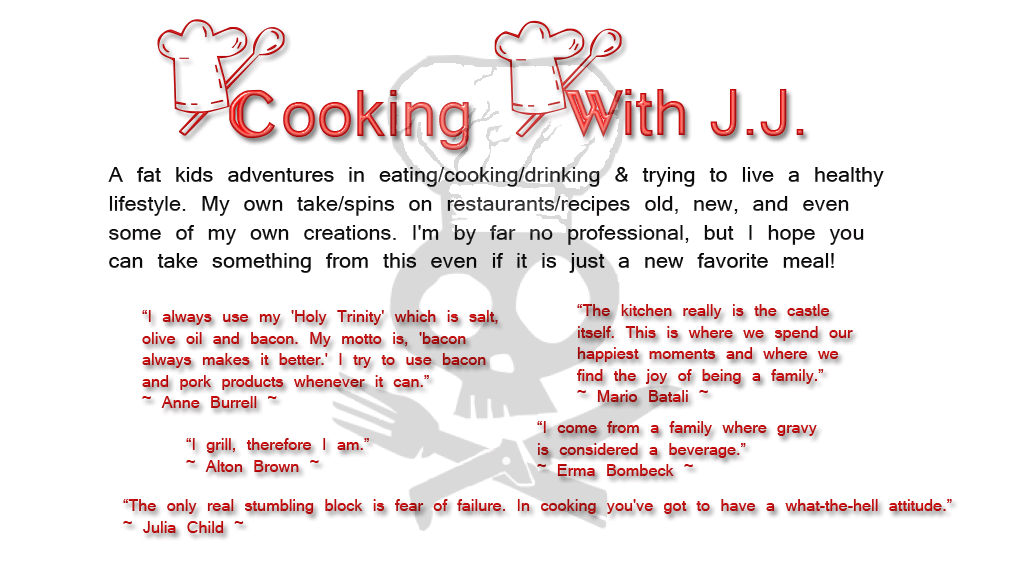Slow Cooker Corned Beef and Cabbage
Ingredients
- 1 (4 - 5 pound) corned beef, soaked in water at least an hour and rinsed
- 1 medium head of cabbage, cut into 2-inch wedges
- 6 red potatoes, halved
- 4 carrots, cut into ½-inch chunks
- 1 teaspoon pickling spice
- 2 cups low sodium chicken stock or water
- 8 ounces beer (any unflavored kind will do; you can substitute water here, as well)
- 3 large bay leaves
- 1 tablespoon Dijon mustard
- 1 teaspoon black pepper corns
Directions
- Place carrots, and potatoes in the bottom of a large slow cooker pot.
- Rinse the corned beef and lay it over the vegetables.
- Add in bay leaves, pepper corns, pickling spice, and Dijon mustard.
- Pour beer and stock over everything. Make sure liquid covers most of the corned beef; if not, add more water or stock.
- Cover and cook on low setting for 8 hours.
- Add the cabbage to the slow cooker and cook until cabbage is just tender (about 30 minutes).
- Plate beef and veggies.
- Slice beef against the grain and serve with extra mustard.
Irish Soda Bread
Ingredients
- 4 to 4 1/2 cups flour
- 2 Tbsp sugar
- 1 teaspoon salt
- 1 teaspoon baking soda
- 4 Tbsp butter
- 1 cup raisins - I personlly leave the rasins out
- 1 large egg, lightly beaten
- 1 3/4 cups buttermilk
Directions
- Preheat oven to 425°.
- Whisk together 4 cups of flour, the sugar, salt, and baking soda into a large mixing bowl.
- Using your (clean) fingers (or two knives or a pastry cutter), work the butter into the flour mixture until it resembles coarse meal, then add in the raisins if you desire.
- Make a well in the center of the flour mixture.
- Add beaten egg and buttermilk to well and mix in with a wooden spoon until dough is too stiff to stir.
- Dust hands with a little flour, then gently knead dough in the bowl just long enough to form a rough ball. If the dough is too sticky to work with, add in a little more flour. Do not over-knead!
- Transfer dough to a lightly floured surface and shape into a round loaf. Note: The dough will be a little sticky, and quite shaggy. You want to work it just enough so that the flour is just moistened and the dough just barely comes together. Shaggy is good. If you over-knead, the bread will end up tough.
- Transfer dough to a large, lightly greased cast-iron skillet or a baking sheet (it will flatten out a bit in the pan or on the baking sheet).
- Using a serrated knife, score top of dough about an inch and a half deep in an "X" shape. The purpose of the scoring is to help heat get into the center of the dough while it cooks.
- Transfer to oven and bake until bread is golden and bottom sounds hollow when tapped, about 35-45 minutes. (If you use a cast iron pan, it may take a little longer as it takes longer for the pan to heat up than a baking sheet.) Check for doneness also by inserting a long, thin skewer into the center. If it comes out clean, it's done.
- Remove pan or sheet from oven, let bread sit in the pan or on the sheet for 5-10 minutes, then remove to a rack to cool briefly.
- Serve bread warm, at room temperature, or sliced and toasted. Best when eaten warm and just baked.
Hint 1: If the top is getting too dark while baking, tent the bread with some aluminum foil.
Hint 2: If you use a cast iron skillet to cook the bread in the oven, be very careful when you take the pan out. It's easy to forget that the handle is extremely hot. Cool the handle with an ice cube, or put a pot holder over it.



No comments :
Post a Comment